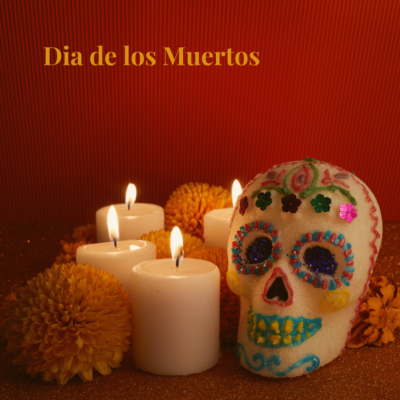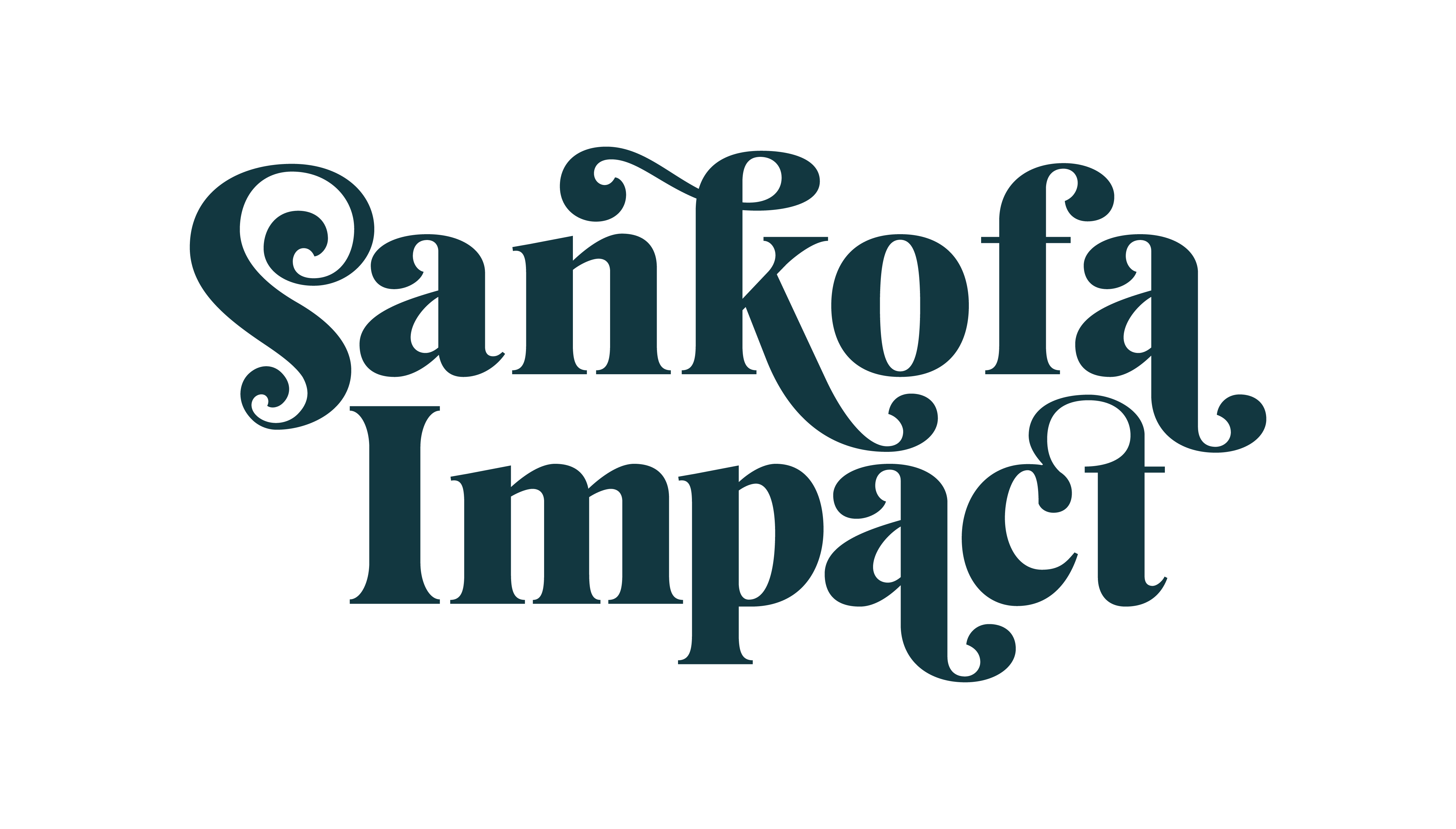Honoring the past and remembering the important people who have brought us to where we are today is an important sentiment in many cultures around the world. Chinese culture has Zhong Yuan Jie, or Hungry Ghost Festival in which people will engage in prayer and make offerings to the dead throughout the duration of the seventh lunar month. The holiday Gai Jatra, typically celebrated in Nepal, is a festival where families who lost a loved one in the past year walk the streets with a cow, or a child dressed like a cow, to help guide their souls to heaven.
Remembering our past and our ancestors is an important part of being human.
Dia de los Muertos, or Day of the Dead, is a Latinx holiday mainly celebrated in Mexico and other parts of the world. The holiday typically takes place from late October into early November. During this time, it is believed the separation between the land of the dead and the land of the living is at its thinnest. This allows the souls of loved ones who have passed on make their way back to be together once more in the land of the living.
The holiday is a lively yet solemn time. Bright colors and delicious food is juxtaposed with a renewed sense of gentle mourning. Traditions vary from region to region, but the core of the holiday stays the same. Families put up colorful ofrendas, or altars, with pictures of loved ones who have passed. Along with the pictures will be offerings like food, trinkets, flowers, and items that loved ones enjoyed while they were alive. Candles will be lit and marigolds will spread to guide the way for souls to return. Water will be left out for souls to quench their thirst from their long journey, and salt is laid out to help strengthen the souls. Calaveras de azúcar, or sugar skulls are made and given as gifts. Pan de muerto, or bread of the dead, is a sweet bread made or bought from a local panaderia as a food offering.
Along with a colorful altar, some traditions include families cleaning and decorating the graves of their loved ones. In some regions, festivals will line the streets with lively music, dancing, and papel picado tied between buildings. Faces will be painted in the style of a colorful embellished skull to celebrate the dead.
These traditions during Dia de los Muertos are all in honor of remembering the past and the paths paved by our ancestors for us to walk along. It is a reminder of the gentle guidance, strength, and perseverance of our ancestors, and a strong belief that those who have passed are not truly gone forever. We take the time to honor them because we know that remembering them is also a way to remember ourselves, our history, and our culture. It is a profound sense of knowing where we have been and remembering how we came to be.
In this way we are remembering our past to have guidance for our future. It is an act of going back and getting our history and our heritage. At its core, it is sankofa. We are going back to our roots and claiming our history as our own.
In honor of our collective history and all of our individual histories, I invite you to remember–to create intentional space for the past and reconnect. Light a candle, take out an old picture, leave a glass of water for your loved ones. Remember where you came from and the people who made it possible for you to be here. Remember our collective history.
The act of remembering is powerful. It’s a quiet resistance against a society in which forgetting and erasing is too often the default. We must feel that which is painful in order to heal, to celebrate, and to look forward with an undeniable hopefulness for our collective future.
The past is all around us. Our ancestors are all around us. We must know where we have been to know where we are going.
The future is ahead of us. The issues we face today will not be healed in a single lifetime. Our work continues with the understanding that we will be the ancestors one day. Let us continue to pave the path for our descendants.

